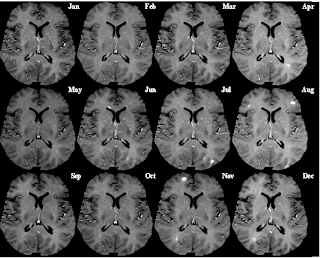ST. PAUL, Minn. – African-Americans who have multiple sclerosis (MS) have lower vitamin D levels than African-Americans who don’t have the disease, according to a study published in the May 24, 2011, print issue of Neurology®, the medical journal of the American Academy of Neurology. However, most of the difference in vitamin D levels was due to differences in climate and geography.
“MS is not as common in African-Americans as it is in whites, although the disease tends to be more severe in African-Americans,” said study author Ari J. Green, MD, of the University of California San Francisco and a member of the American Academy of Neurology. “We have known that vitamin D levels are associated with MS and that African-Americans are at increased risk for having low vitamin D levels, but little research has been done to look at vitamin D levels in African-Americans with MS.”
Melanin, which determines the level of pigment in the skin, acts as a filter of UV light, which limits the amount of vitamin D that can be produced by the body in response to sunlight.
The study involved 339 people with MS and 342 people who did not have the disease. Researchers looked at vitamin D levels in the blood, the severity of the disease, the amount of UV exposure for participants based on where they lived and the proportion of European genetic ancestry participants had.
There was no association between vitamin D levels and how severe the disease was.
People should talk to their physicians about blood testing for vitamin D levels, whether they should take supplements and how much UV exposure they should get, Green said. “These findings may provide a mechanism to help explain how genes and the environment interact to produce MS,” he said.
The study was supported by the American Academy of Neurology Foundation/National Multiple Sclerosis Society Clinician-Scientist Development Award, the National Institutes of Health, the National Multiple Sclerosis Society and a University of California San Francisco Resident Research grant.
The American Academy of Neurology, an association of 24,000 neurologists and neuroscience professionals, is dedicated to promoting the highest quality patient-centered neurologic care. A neurologist is a doctor with specialized training in diagnosing, treating and managing disorders of the brain and nervous system such as Alzheimer’s disease, stroke, migraine, multiple sclerosis, brain injury, Parkinson’s disease and epilepsy. For more information about the American Academy of Neurology, visit www.aan.com. ###
TEXT CREDIT: American Academy of Neurology
IMAGE CREDIT: BNL Chemistry Department













No comments:
Post a Comment